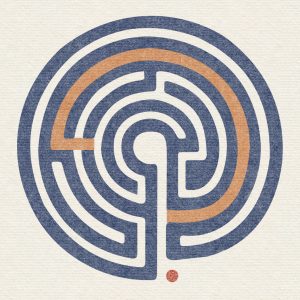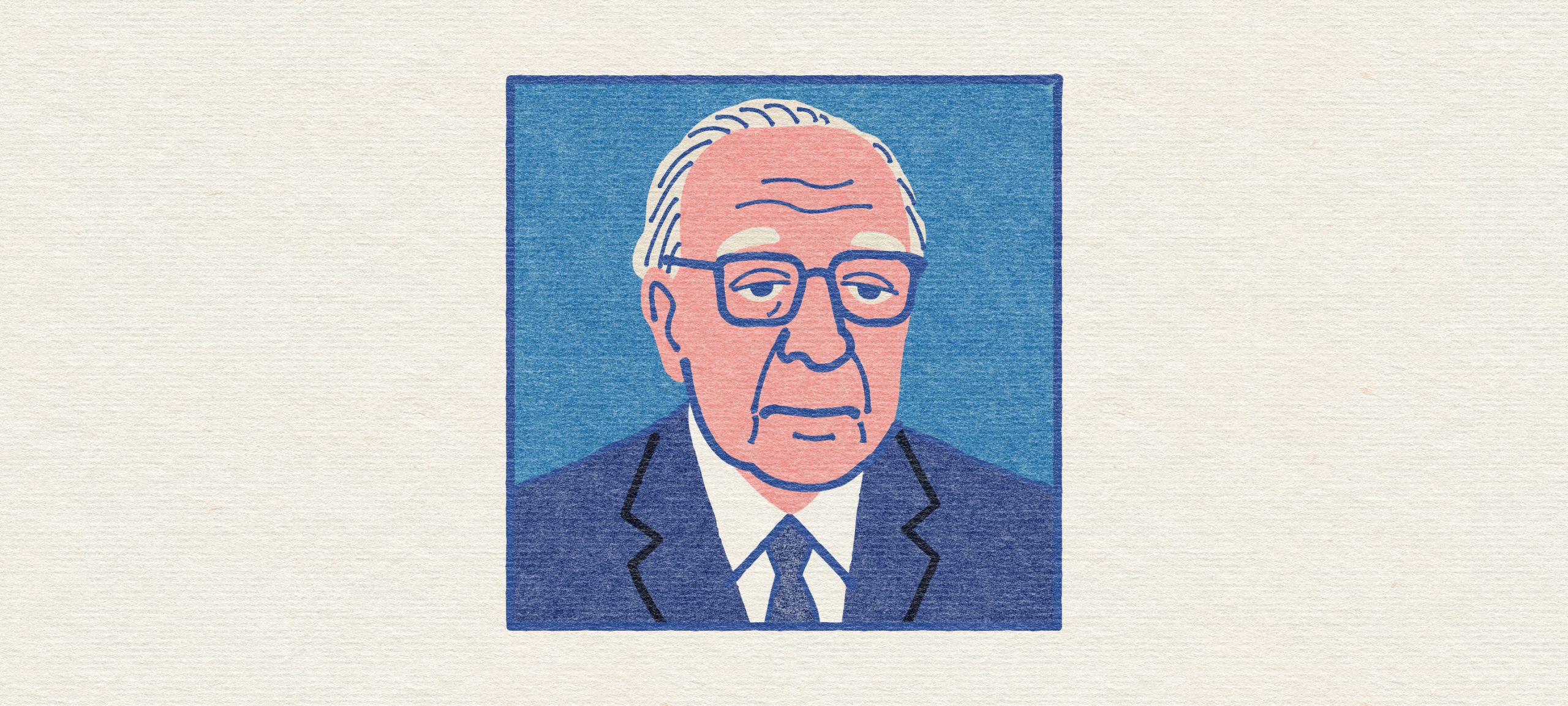From The Companion Series
Borges was never an ethnographer, yet his fiction may be among anthropology’s most methodologically provocative archives. He did not describe worlds; he fabricated them, and in doing so, showed how language itself makes reality. Tlön, Uqbar, Orbis Tertius (Borges 1941 [1999]) stages a world where nouns vanish, verbs proliferate, and perception replaces substance. For the people of Tlön, objects do not endure—they occur. This imaginary planet becomes a speculative device: a mirror turned toward our own grammatical habits, revealing how the smallest linguistic particle—the noun, the article, the conjunction—quietly organizes our sense of what counts as real. Borges’s fictions, rather than offering philosophical claims, operate as methodological disturbances: they estrange our ways of knowing and invite us to treat writing as an experimental apparatus.
When I began writing Verbing the Urban (Forthcoming), Borges became my interlocutor in a literal sense. His grammar of verbs provided a counterpoint to urban ethnography’s enduring attachment to things, infrastructures, and objects. What if the city were not composed of entities but of relations in motion? What if “square,” “station,” and “street” were not nouns but grammatical events—gathering, routing, dwelling? Borges’s fictional idealism offered me a method: to write not about the city but with its becoming. Through him, I learned to think of description as composition, and of fieldwork as grammatical tuning. In Tlön, Borges destabilizes reality through syntax; in ethnography, that gesture becomes an ethics of attention—learning to sense the world as verbs before it congeals into names.
The Borgesian labyrinth, long interpreted as a metaphor for knowledge or infinity, can also be understood as a methodological figure—a way of organizing inquiry without totality. I first explored this idea in my doctoral dissertation, Mirrors and Labyrinths: Learning from Times Square How to Make an Urban-STS Ethnography (Orrego 2021). There, the labyrinth became both concept and structure: a model for writing and thinking that mirrors Borges’s recursive architectures. The dissertation unfolded like Times Square itself—dense, reflective, non-linear—inviting readers to move through it in loops, detours, and partial routes. I drew from Borges’s claim that “it only takes two facing mirrors to construct a labyrinth,” treating reflection and recursion as the basic mechanics of ethnographic knowledge. Each fragment mirrored another, not to produce closure but to proliferate connections. In that project, the labyrinth was spatial; in Verbing the Urban, it became grammatical. Both enact a movement from the ordered to the entangled, from representation to composition.
The labyrinth also remains a political form. It refuses the fantasy of overview that underpins colonial epistemologies of mapping and naming. To walk a labyrinth is to stay close to surfaces, to accept disorientation as method. In Mirrors and Labyrinths, this meant treating Times Square not as an object of study but as an epistemological device—an environment that demanded its own mode of thinking. In Verbing the Urban, it means writing with verbs instead of nouns, allowing the city to appear as mediation, not monument. Borges’s influence thus persists across projects, not as literary citation but as methodological infrastructure: a way of structuring attention through detour, recursion, and speculative grammar.
To learn from Borges is to accept risk: the risk of losing reference, of writing without anchors, of dwelling in semantic vertigo. Yet that vertigo is a method. It teaches us to see description as mediation, to sense the texture of the real as it slips between syntax and perception. In Studio Ethnography, Borges remains a quiet tutor in this craft. He reminds me that every fragment, label, and specimen is not only a trace of the world but also a grammatical choice—an act of worlding through language. To write ethnography is, inevitably, to build a small Tlön: a world that verbs, imagines, and becomes through the sentences we dare to compose.
Hands-on exercise: Verbing a Place
Choose a location—a café corner, a street intersection, a desk. Write ten lines describing it without a single noun. Let verbs, adverbs, and prepositions do the work. Watch how perception shifts: how stillness begins to move, how the place verbs itself into presence. Then reintroduce one noun. Notice what freezes, what returns to solidity, what disappears again.

References
- Borges, Jorge Luis. (1941) 1999. “Tlön, Uqbar, Orbis Tertius.” In Collected Fictions, 68–81. New York: Penguin Books.
- Orrego, Santiago. 2021. Mirrors and Labyrinths: Learning from Times Square How to Make an Urban-STS Ethnography.PhD dissertation, Technical University of Munich / Munich Center for Technology in Society.
- Orrego, Santiago. Forthcoming. “Verbing the Urban: Ethnographic Idealism and the Grammar of Becoming.” Manuscript.
